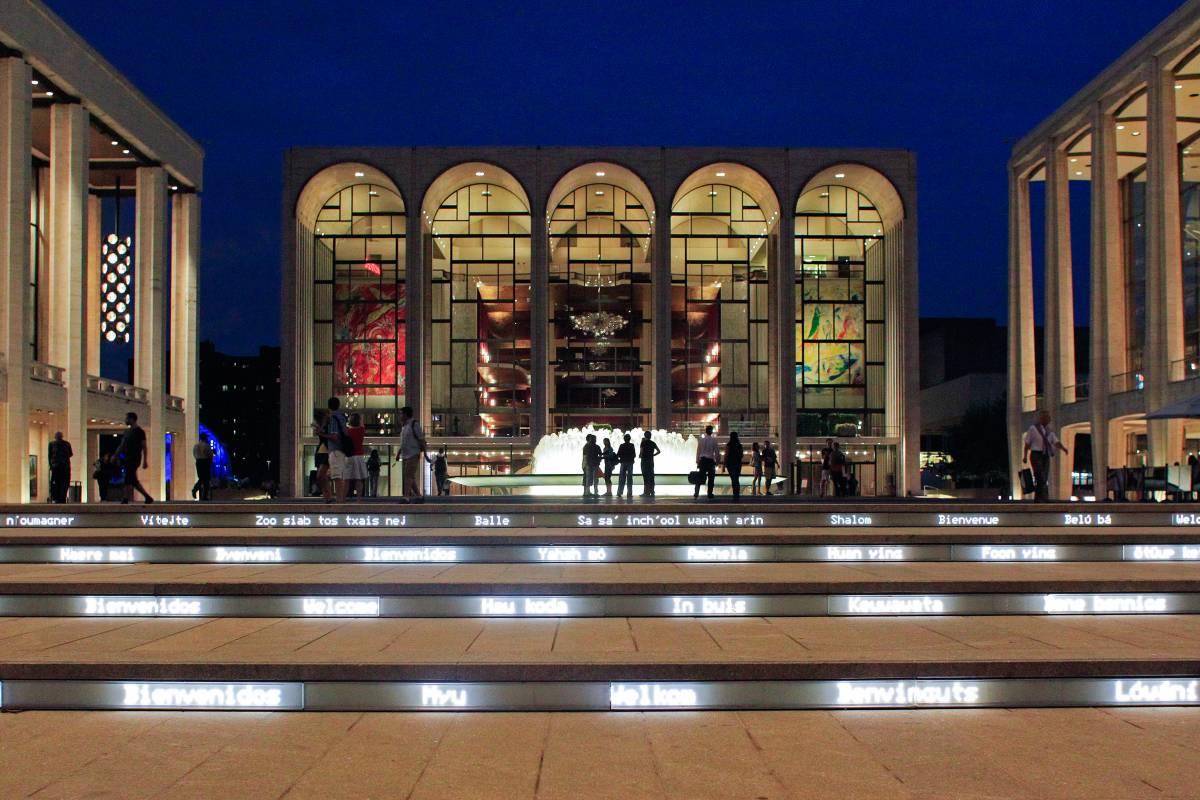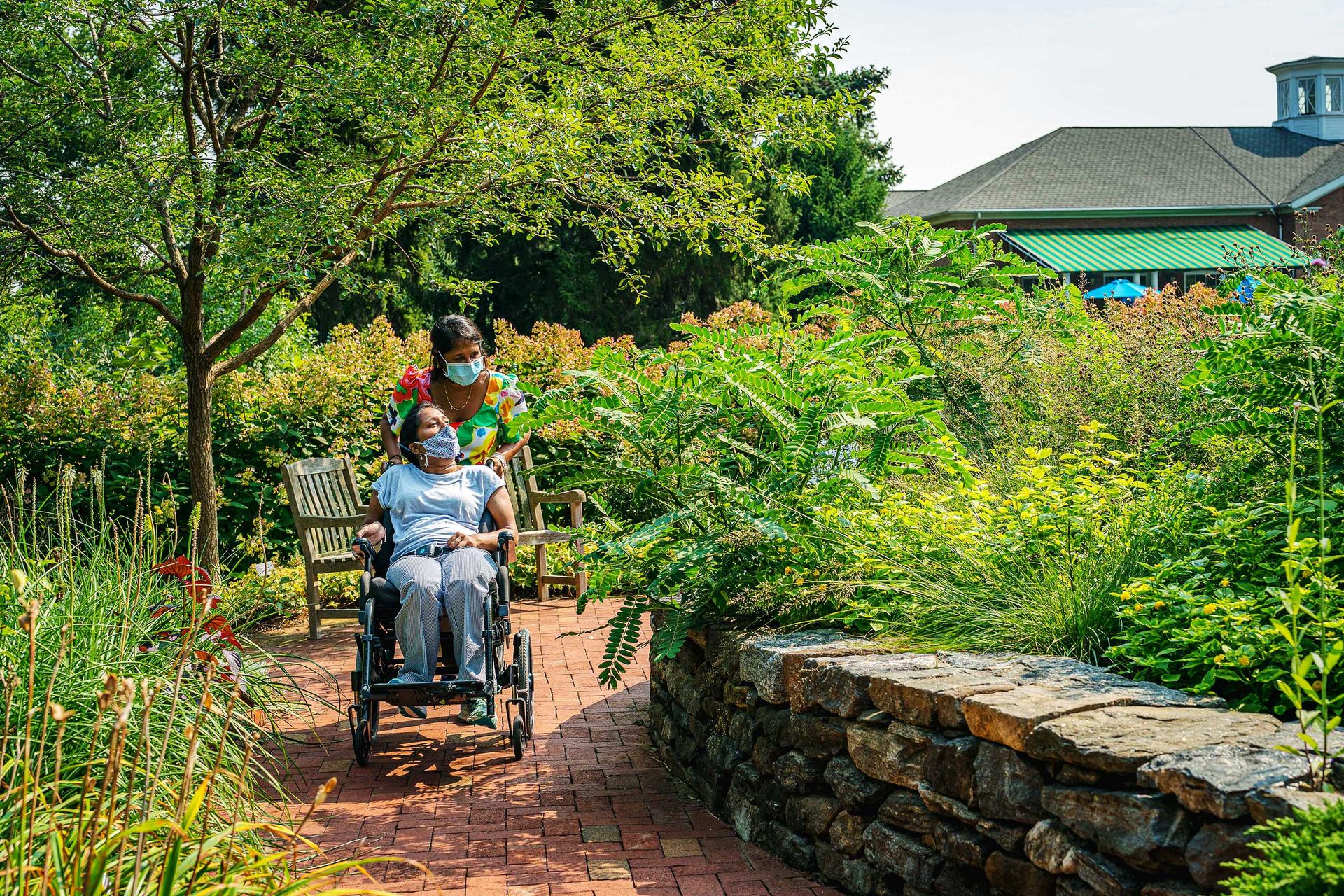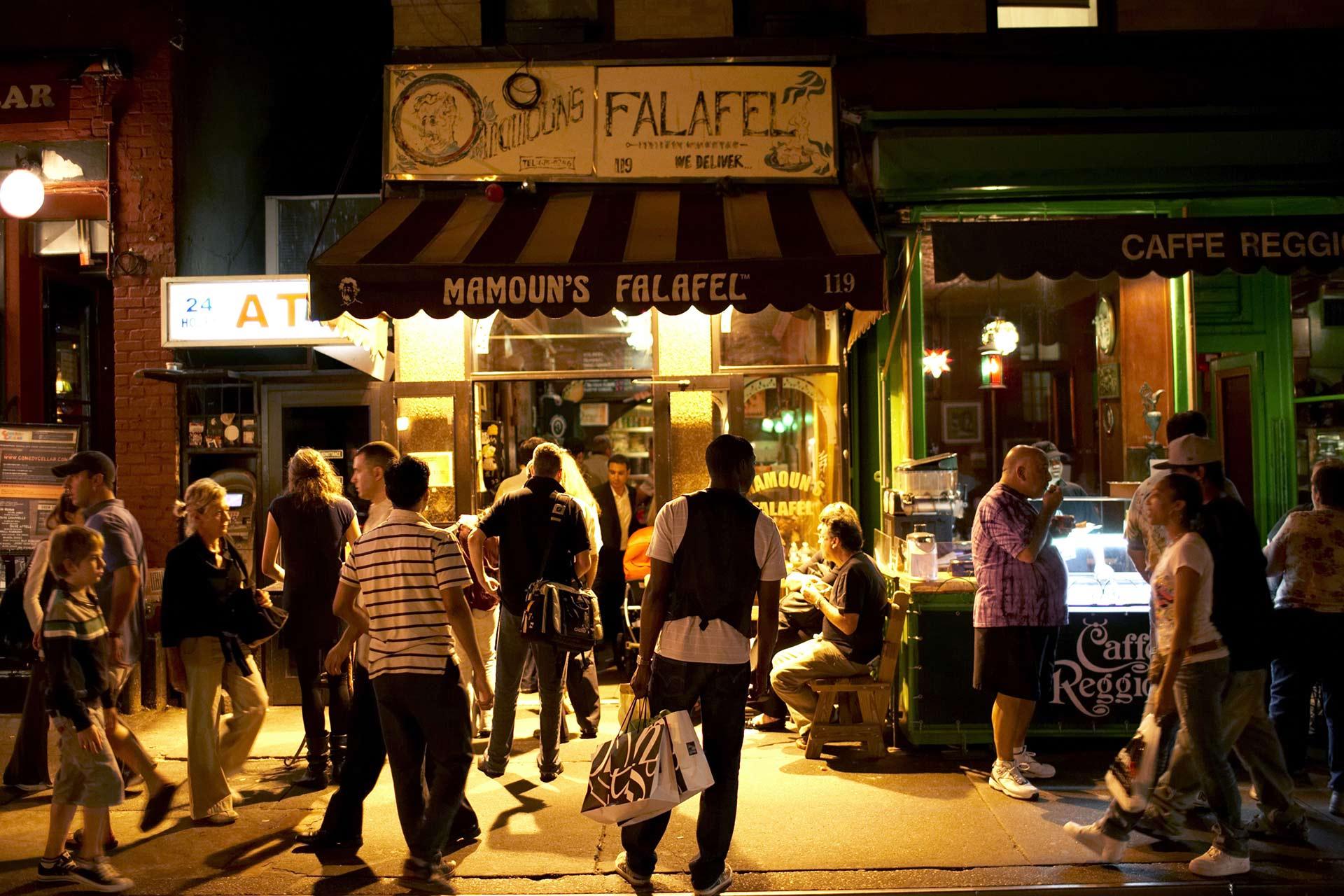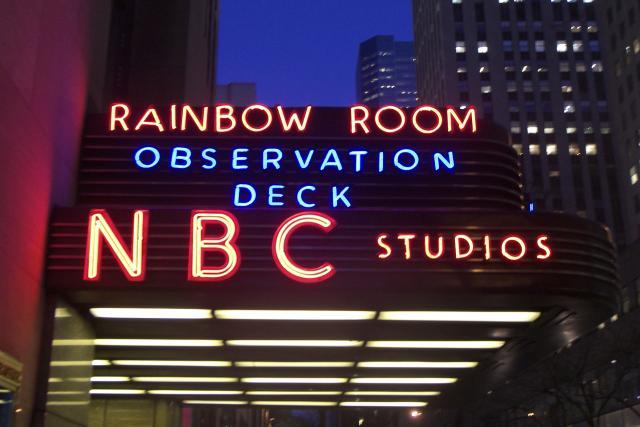The Metropolitan Museum of Art, the stately queen of Museum Mile, holds a diverse collection of fine art covering virtually every major period. Though art lovers flock to view its expansive collections of European and American paintings and sculptures, The Met Fifth Avenue offers so much more in its permanent collection: some 2 million pieces of art from all corners of the globe and spanning 5,000 years. The museum’s mission is for those works to be available to all visitors. Below find the must-see stops, various programs offered for people with disabilities and important in-person accessibility details—all you so can preplan and make the most of your visit.
Highlights for Visiting in Person
The American Wing
Visitors can explore 20 period rooms, each meticulously assembled with furniture, decor and objects that offer a view of 300 years of domestic American life. Be sure to check out the Frank Lloyd Wright Room from 1912, featuring Wright’s trademark “organic architecture,” in which building, furnishing and design are inseparable.
Before Yesterday We Could Fly: An Afrofuturist Period Room
The latest period room, the first of its kind at the museum, is based on the famed Virginia Hamilton folktale “The People Could Fly.” It reimagines a home from Seneca Village, a thriving Black community that was displaced for the creation of Central Park in the mid-1800s. The exhibit weaves multiple storylines of the Black experience through the single space, embodying the African belief that the past, present and future are interconnected.
Egyptian Art
The Met Fifth Avenue has one of the largest collections of Egyptian art, encompassing almost 26,000 items from between the Paleolithic and Roman periods. The Temple of Dendur, which dates back to 10 BCE, is its centerpiece.
African Art
Though this collection is currently closed for renovation (due to be complete in 2025), many of its works can still be viewed online. Pieces date back to around 500 BCE and reach to contemporary works, including modern fire clay figures from Nigeria and the acclaimed Bleu no.1 by Abdoulaye Konaté, a textile homage to West African indigo-dyeing techniques.
Islamic Art
This collection spans from the seventh to the 21st centuries and holds over 15,000 pieces. It highlights the cultural richness of Islam through mediums such as traditional manuscripts, prayer rugs and ceramics. One of many highlights is the Damascus Room, a reception area from the Ottoman period that may have belonged to a member of the religious elite who claimed descent from the Prophet Muhammad.
Asian Art
Encompassing cultural traditions from over 20 nations and 5,000 years of history, this collection comprises work from the Indian subcontinent, Southeast Asia, China, Korea and Japan. Must-see areas include the Astor Chinese Garden Court, which recreates a Ming Dynasty–style garden, and Under the Wave off Kanagawa, also known as The Great Wave, by Katsushika Hokusai—a famous woodblock print from the Edo period. Works from the subcontinent of India include temple art from the Hindu, Buddhist and Jain traditions and religious art from the Nepalese Hindu and Newar Buddhist communities.
Art of Native America
Historic and contemporary works by Native American artists from across North America are drawn from more than 50 groups and range from paintings, drawings and sculptures to textiles, quill and bead embroidery, basketry and ceramics.
In-Person and Virtual Programs for People with Disabilities
Discoveries Workshops
These programs, split by various age groups, are for children and adults on the autism spectrum or with learning and developmental disabilities. Choose from virtual and in-person options that focus on discussing art and making art with family and friends. For virtual classes, registration is required at least one week ahead of time, and you must include your mailing address to receive a complimentary box of supplies.
Seeing Through Drawing
Blind and low-vision visitors can participate in these workshops, which are both virtual and in person. They teach drawing techniques that involve various materials and exercises that reference pieces of art from the museum collection. Verbal description is offered. For virtual classes, registration is required at least one week ahead of time, and you must include your mailing address to receive a complimentary box of supplies.
Picture This!
In these programs, blind and partially sighted participants experience pieces of art through touch and sound. Visitors can also arrange to experience the museum’s collection through verbal imaging and guided touch tours.
Met Escapes
Families and their loved ones living with dementia can take in-person tours that cover art discussions and interactive projects.
Met Signs in the Studio
Visitors who are deaf or hard of hearing can participate in this program, which is in ASL without voice interpretation, that digs into the processes of marking art.
Accessibility Tips
It’s best to plan your in-person must-see list ahead of time for an optimal visit since the museum is home to such an expansive collection of art. Help prepare by referring to this interactive map.
There are accessible entrances on 81st Street and Fifth Avenue and through the 80th Street and Fifth Avenue parking garage.
The museum is wheelchair accessible. Manual wheelchairs (standard and wide) can be borrowed from the coat check at the 81st Street entrance.
Seating is available throughout the museum.
There are hearing loops at all ticketing and information desks in the Great Hall and Burke Hall in the Uris Center for Education. Signs will direct you to assistive listening options in exhibitions. Bring your own headphones or neck loop for use with receivers.
It’s highly recommended that visitors who are blind or partially sighted come with a sighted companion.
Service dogs are welcome.
There’s a large family restroom area at the 81st Street entrance.
American Sign Language interpreters can be requested by writing to access@metmuseum.org or calling 212-650-2010 at least two weeks prior to your visit.









